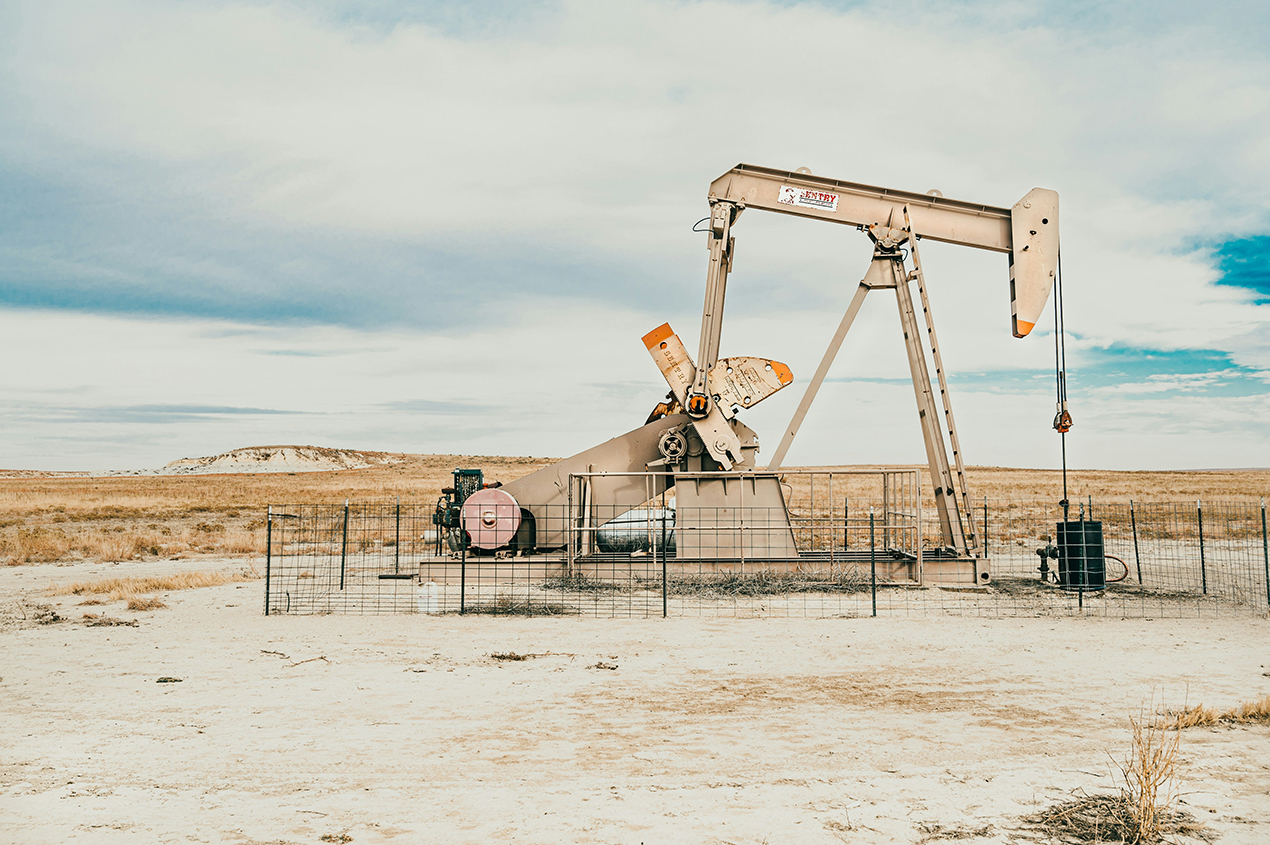News
India's Energy Dilemma Prompts Energy Diplomacy
In order to provide the energy needed for
India's rapid economic growth, India's series of diplomatic initiatives are
increasingly tilted towards the oil and natural gas field and are becoming
increasingly pragmatic. “India’s energy gap must be resolved by accelerating
overseas development,” Indian Petroleum and Natural Gas Minister Ayal (middle
in Figure 2) said at the International Petroleum Conference held in New Delhi
earlier this year, showing India’s stance of pursuing pragmatic energy
diplomacy.
It can be said that India will do its best
to develop relations with any country that India believes may become its energy
supplier or energy channel, regardless of their past relations with India and
regardless of their reputation on the international stage.
Wherever there are oil fields, there are
Indian companies bidding, and wherever there is natural gas, there are smiling
faces of Indians.
Energy has always been a bottleneck
restricting India's economic development. This contradiction was not very
prominent in the 1990s. In the 21st century, if India wants to continue to
maintain a high growth rate of 7% per year, it is obviously impossible to rely
solely on India's domestic oil demand.
In early March, the Prime Minister of India
invited President Chávez of Venezuela, an important member of the Organization
of the Petroleum Exporting Countries, to visit India for the first time. This
was the first time in India’s history that a head of state from a major Latin
American oil country was invited to visit India. The prominent reason for this
visit was that India Based on the visit of President Chavez, we will draw
closer to this Latin American oil country and resolve India’s priority in the
exploration, production and import of this country’s oil industry as soon as
possible. This is an outstanding manifestation of India's energy diplomacy, and
it also shows that energy diplomacy will become an important part of its
overall diplomatic strategy. India's future international stance will be
largely restricted by energy diplomacy.
Since the 1990s, India has been vigorously
promoting dramatic great power diplomacy in an attempt to quickly join the
ranks of great powers. To this end, India has accelerated its economic
development strategy. According to some expert estimates, India will become the
country with the largest energy demand in the world in the next 20 years, like
China.
India was not short of oil. In the
mid-1960s, India's GDP was only about US$30 billion, and its annual economic
growth rate hovered at 3%. At that time, India's domestic crude oil production
had reached 20 million tons. can meet domestic development needs. Since the
1990s, India's energy demand has grown rapidly, and its GDP has risen from
US$200 billion to US$500 billion in 2004. Although India's oil industry has
also developed significantly at the same time, its annual crude oil production
has also Only about 30 million to 35 million tons, which is lower than the
level of China's Daqing Oilfield in 1965. At present, India has entered the
stage of economic take-off, but its domestic oil and natural gas production can
only meet 30% of its economic growth needs. It is obviously unable to meet its
needs, and most of its energy needs to be imported. Experts estimate that
India's energy self-sufficiency rate will drop to about 15% in the next 15 to
20 years. India's annual GDP growth rate in 2004 reached 8.2%, and it is still
possible to continue to reach a growth rate of 7% this fiscal year. Therefore,
India is likely to surpass South Korea and become Asia's second largest energy
importer next year. Experts estimate that India will likely become the world's
fourth largest energy import demander after the United States, Japan, and China
within five years.
In late January this year, Indian Prime
Minister Manmohan Singh said at an annual meeting of the oil industry that
"India's energy gap can only be solved by increasing domestic exploration
and accelerating the development of overseas opportunities."
India's domestic oil resources are very
limited and it should be classified as an oil-poor country. At present, 60% of
the rural population in India still does not have access to electricity.
Despite the continuous high temperature in summer, less than 20% of households
in India can afford air conditioning. The proven oil reserves are only 660
million tons, accounting for only 0.5% of global oil reserves. In fact,
increasing domestic exploration is not the original intention of the Indian
government. Because according to the current mining rate and oil production,
India's oil resources will be exhausted in less than 25 years. For this reason,
the future strategy adopted by the Indian government will not only discourage
increased exploitation of existing domestic resources, but will try to limit it
to protective exploitation of oil resources.
In February this year, India's local oil
extraction and oil production had dropped by 5% respectively. There is news
that India is preparing to further reduce its local oil production and
extraction, at least on the land of the Indian subcontinent. Against this
background, India has realized the seriousness of energy security, adjusted its
past strategy of relying solely on domestic oil production or imported oil, and
increased its efforts to purchase oil field shares and mining rights overseas.
India has turned its attention to the international market and offshore oil
fields. In addition to oil, India also regards natural gas diplomacy as a major
supplement to its own energy diplomacy.

RELATED NEWS
- The Impact of Indonesian Coal on the Coal Market is gradually Expanding
- The United States and India Strengthen Cooperation on Civilian Nuclear Energy an
- Deepsea Wind Energy will Build the World’s Largest Wind Power Energy Storage Pro
- IEA: Supply Shortage Looms, Oil Price Rise is Irreversible
- Interview with Qi Dawei, General Manager of Qida New Energy
